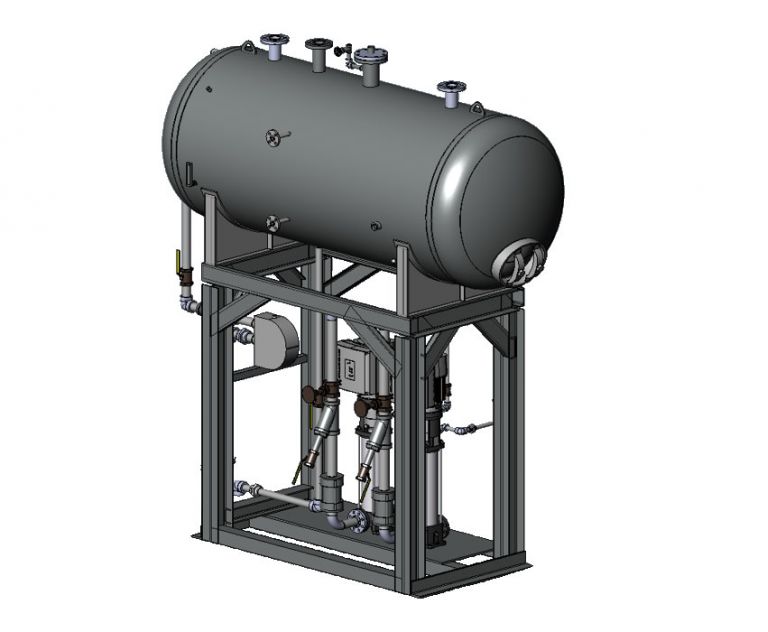Preventing Hardware Corrosion with Steam System Chemistry
Steam and condensate hardware often corrodes due to variations in system chemistry. This corrosion can be amplified by fluid flows which further erode surfaces. Many customers address this corrosion issue by replacing the hardware with stainless steel components or special coatings. This will extend the life of that component, but it is only treating the symptom and not addressing the cause. Other parts of the system could continue to corrode and replacing the entire steam system with corrosion resistant hardware is impractical and usually cost prohibitive. The better solution is to effectively manage the condensate and makeup water chemistry to avoid corrosive conditions.
often corrodes due to variations in system chemistry. This corrosion can be amplified by fluid flows which further erode surfaces. Many customers address this corrosion issue by replacing the hardware with stainless steel components or special coatings. This will extend the life of that component, but it is only treating the symptom and not addressing the cause. Other parts of the system could continue to corrode and replacing the entire steam system with corrosion resistant hardware is impractical and usually cost prohibitive. The better solution is to effectively manage the condensate and makeup water chemistry to avoid corrosive conditions.
Condensate and Boiler Makeup Water
Almost every steam and condensate system loses water over time. To compensate for this, boiler makeup water is treated to meet certain specifications and added to the system. If the makeup water is improperly treated it can be corrosive. Additionally, the current chemistry in the condensate returning to the boiler or at other locations in the steam system may be corrosive. Both condensate and makeup water must be properly treated prior to entering the boiler. The condensate that is returning to the boiler is usually treated in a deaeration system and the makeup water is added to the condensate in or near the deaeration tank. There are several common deaeration methods and makeup water treatment systems available on the market today. It is important to select a system that is properly designed and sized to meet the needs of the system that it is serving.
Steam and Condensate System
Properly treated steam and condensate can become corrosive due to contact with non-condensable gases as they pass through the system and particular attention should be focused in areas where condensate remains stagnant for extended periods of time. Steam systems that are used intermittently require special attention as the shutdown, cooling, and startup processes can lead to large volumes of non-condensable gas infiltration into the system.
Resources
The key is to manage the steam system holistically. This includes the chemistry of incoming boiler condensate and makeup water as well as the management of the steam and condensate flow through the entire system. Below are some recommended resources to help you manage your steam system chemistry.
Association of Water Technologies (AWT):
AWT is an international organization representing over 500 companies that specialize in applying water treatments for industrial and commercial cooling and heating systems. This is a good resource for finding experts in managing makeup water chemistry.
Technical Association of the Pulp and Paper Industry (TAPPI):
TAPPI is a not-for-profit, volunteer-led association that is built around a community comprised of thousands of member engineers, managers, scientists, academics, suppliers, and others from around the world. It is a good resource for technical publications on boiler chemistry.
